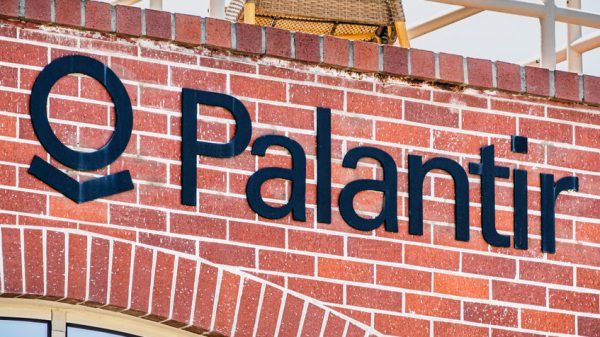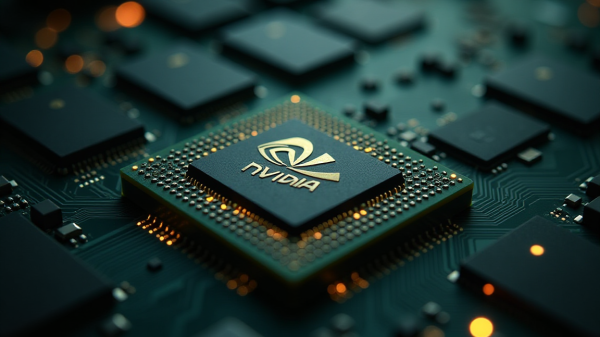IBM (NYSE: IBM) opened comfortably in the green this morning after announcing a rather ambitious target of introducing a practical, fault-tolerant quantum computer by 2029.
However, an analysis of the current quantum landscape suggests a series of technical, economic, and competitive headwinds could challenge Big Blue’s timeline and even its ultimate success in this quantum race.
Including today’s gain, IBM stock is up nearly 25% versus its year-to-date low.
QEC remains a major headwind for IBM’s quantum computer
On Tuesday, IBM committed to building “Starling,” a system aiming for 200 logical qubits and 100 million quantum operations by 2029.
This represents a monumental leap from current capabilities, which often involve far fewer qubits and operations, and are predominantly “noisy intermediate-scale quantum” or NISQ devices.
The most critical hurdle for IBM in its 2029 ambition will be quantum error correction (QEC).
While the multinational touts breakthroughs in quantum low-density parity-check (qLDPC) codes, dramatically reducing the physical qubit overhead for logical qubits, the practical implementation of these codes at scale is an unprecedented engineering challenge.
Plus, maintaining qubit coherence – their fragile quantum state – for extended durations required for complex, error-corrected computations is a persistent battle against environmental noise and decoherence.
So, the transition from theoretical promise to robust, real-world operation for hundreds of qubits is not just an incremental step, but a chasm to cross.
IBM’s Starling faces engineering and economic hurdles
Investors should also note that quantum computers, particularly ones based on superconducting qubits that IBM favours, demand cryogenic environments at temperatures near absolute zero.
Scaling these refrigeration systems, alongside the intricate control electronics and interconnects for potentially thousands of physical qubits, introduces a cascade of manufacturing and operational complexities that could easily derail even the most meticulously planned roadmap.
Yields in fabrication and the reliability of components under such extreme conditions are major unknowns that IBM needs to tackle over the next five years to actually deliver on its “Starling” commitment.
Moreover, the research and development costs tied to quantum technology are astronomical, and while IBM has deep pockets, without widespread, high-value use cases, the economic impetus for such rapid advancement could wane over time.
IBM’s quantum leap has to navigate intense competition
The competitive landscape presents another headwind that IBM will have to navigate in its pursuit of a practical quantum computer by 2029.
Giants like Google, Microsoft, and even a bunch of well-funded pure-plays like IonQ and D-Wave are all pursuing their own quantum roadmaps – often employing different qubit technologies.
So, a breakthrough from a rival on a different architectural path could quickly shift the competitive dynamics. “Quantum advantage” remains a moving target, and others may reach it on different applications or with alternative hardware before IBM achieves its fault-tolerant goal.
Finally, history is replete with examples of ambitious technological timelines that prove overly optimistic.
From early AI predictions to the long-promised self-driving cars, the complexities of groundbreaking innovations often defy even the most expert projections.
While IBM expressed confidence today in having “solved the science” for fault tolerance, the shift from scientific proof-of-concept to a robust, commercially viable product at scale is fundamentally a different beast.
All in all, unexpected challenges often emerge during the engineering phase, requiring significant detours and delays, and IBM’s vision may not prove any different in that regard.
The post IBM’s quantum leap by 2029 faces formidable headwinds appeared first on Invezz


































